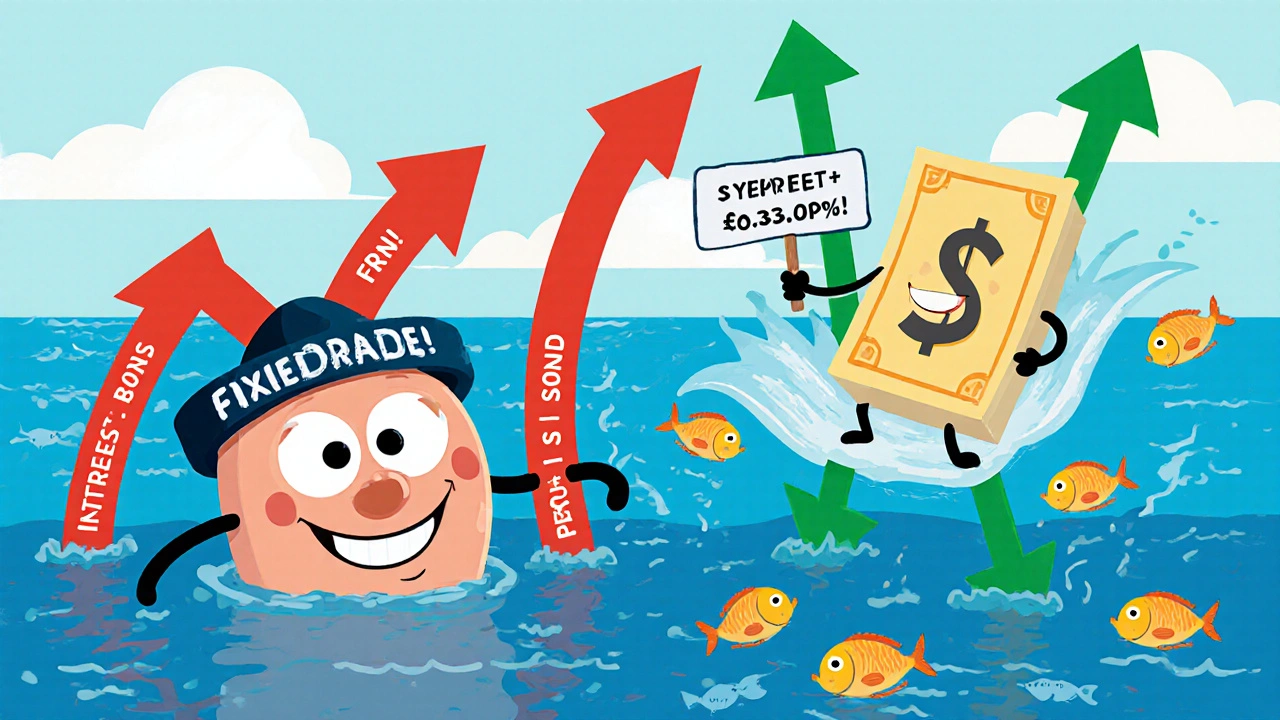Rising Rates: How Higher Interest Rates Impact Investing, Bonds, and Your Portfolio
When rising rates, the increase in central bank interest rates that affects borrowing costs, savings yields, and asset valuations across the economy. Also known as tightening monetary policy, it's not just a Fed announcement—it's a market reset that rewires how money grows. If you own bonds, REITs, or even stocks, rising rates aren’t background noise. They’re the main reason your portfolio’s value is shifting under your feet.
Take mortgage REITs, investment firms that earn income from mortgage-backed securities and pay high dividends, but are extremely sensitive to interest rate changes. When rates go up, their borrowing costs rise faster than their loan income, crushing profits. That’s why their dividends swing wildly—something you can’t ignore if you rely on them for income. Then there’s bond investing, the practice of buying debt securities to earn steady interest, where prices fall as rates climb because new bonds offer better yields. Your 3% bond from two years ago is now worth less because new ones pay 5%. It’s not theory—it’s math. And if you’re holding bond funds, you’re getting hit daily.
Rising rates also force a rethink of asset allocation, how you split your money between stocks, bonds, and other assets based on your goals and risk tolerance. The old 60/40 rule? It’s broken. When bonds stop acting as a safe anchor, you need new tools. That’s why posts here show how to shift between value and growth stocks, use tactical allocation to ride market regimes, and cut hidden fees that eat returns when yields are low. You’ll also find real breakdowns of how tax-deferred annuities behave under rising rates, why embedded insurance is gaining traction as people lock in long-term rates, and how BNPL companies are changing their rules as credit costs climb.
This isn’t about predicting the next rate hike. It’s about adapting to what’s already here. The posts below give you no-fluff, data-backed ways to protect your income, rebalance your portfolio, and stop guessing when rates are working against you. You’ll see exactly how professionals are trimming exposure, switching instruments, and locking in what still works—without chasing risky bets or ignoring the real math.



